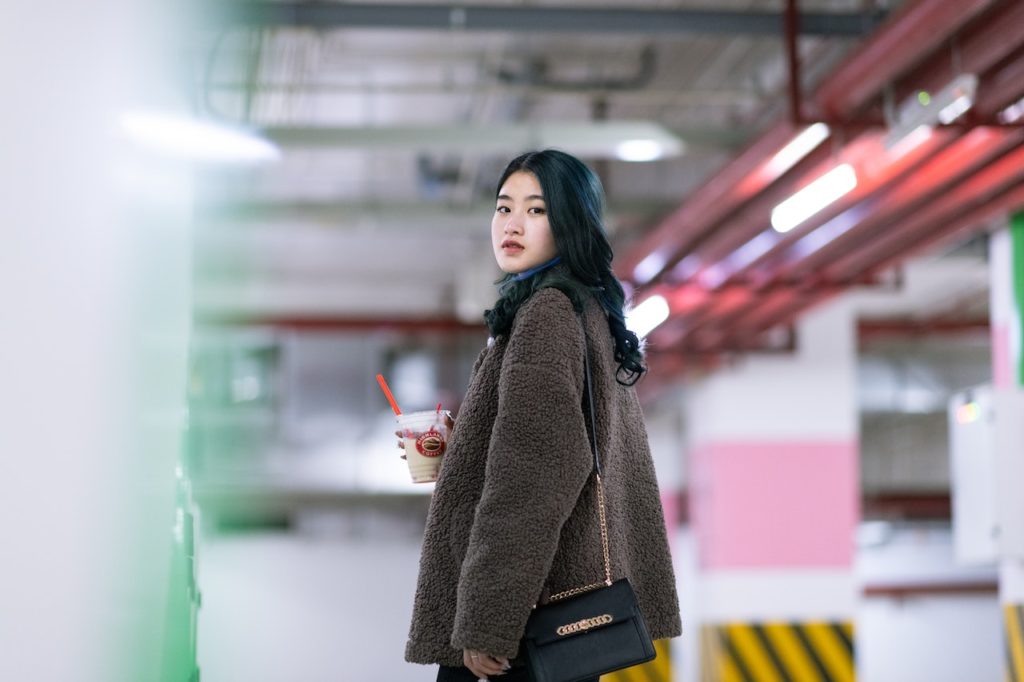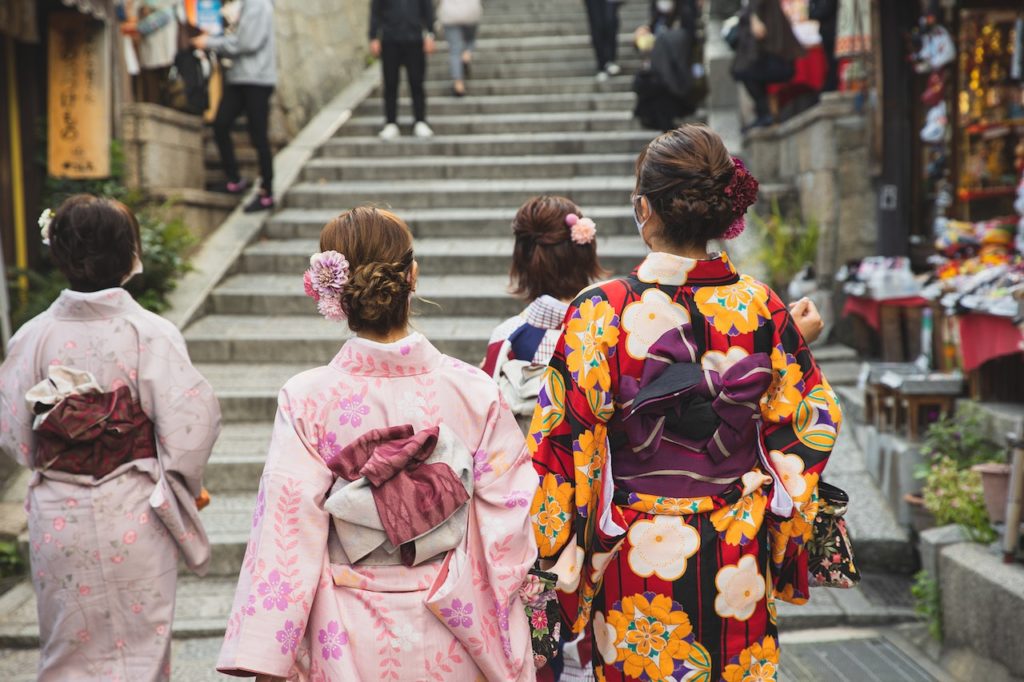Japanese Fashion Trends
Japan, a country pulsating with a blend of tradition and innovation, has captured the world’s fascination not only through its technological advancements but also through its distinctive fashion scene. The streets of Tokyo, Kyoto, and Osaka serve as vibrant runways where cultural heritage merges harmoniously with avant-garde trends. From the timeless elegance of kimono to the cutting-edge styles of Harajuku, Japanese fashion stands as a testament to the nation’s ability to seamlessly merge the old and the new. In this article, we embark on a creative journey through the enchanting world of popular fashion in Japan, exploring iconic trends, subcultures, and the deeper meanings that infuse life into every fabric and stitch.
Unveiling the Timeless Elegance: The Traditional Tale of Kimono Revival
The kimono, a symbol of Japan’s cultural identity, continues to captivate hearts with its timeless elegance. A garment that traces its origins back over a thousand years, the kimono has evolved into an art form, preserving age-old techniques while embracing contemporary influences. Traditional motifs such as cherry blossoms, cranes, and waves adorn these garments, connecting wearers to the natural world and Japan’s rich heritage. However, modern interpretations have breathed new life into the kimono, blurring the lines between traditional and modern fashion. Kimono-inspired dresses, jackets, and even casual wear pay homage to the garment’s legacy while celebrating adaptability.
The Playground of Creative Expression: Harajuku Where Imagination Knows No Bounds
Harajuku, a district in Tokyo, is synonymous with avant-garde fashion and unparalleled creativity. This vibrant neighborhood is where street style evolves into an artistic spectacle that is celebrated worldwide. The Harajuku fashion scene is a tapestry woven from a multitude of influences: from gothic Lolitas and cyberpunk divas to decora enthusiasts who adorn themselves with vibrant accessories, colors, and even toys. The streets become an ever-changing canvas, where the unexpected merges with the extraordinary. This hub of self-expression encourages individuals to experiment, creating a space where fashion truly knows no bounds.
Finding Beauty in the Imperfect: Wabi-Sabi Embracing Imperfection
In a world that often glorifies perfection, Japan’s fashion philosophy introduces us to the concept of wabi-sabi. Rooted in Zen Buddhism, wabi-sabi celebrates the beauty of imperfection, simplicity, and the passage of time. This philosophy has seeped into fashion, giving rise to designs that embrace asymmetry, raw textures, and natural colors. From frayed edges on denim to deliberately aged fabrics, wabi-sabi teaches us that beauty lies not in uniformity, but in the stories that unfold through wear and tear.
The Urban Melange: Streetwear Blurring the Lines Between High and Low
The fusion of high fashion and everyday streetwear has birthed a trend that resonates not only with the youth but also with global audiences. Streetwear in Japan is an artful amalgamation of luxury brands, pop culture references, and urban aesthetics. It’s not uncommon to see a tailored blazer paired with sneakers, or a high-end designer bag contrasting against a backdrop of distressed denim. This trend exemplifies the cultural dynamism that Japan thrives upon – a harmonious coexistence of class and casual.
The Power of Subtraction: Minimalism Less is Exquisite
Minimalism is more than just a design philosophy; it’s a way of life in Japan. This principle is manifested in fashion through clean lines, neutral colors, and an emphasis on functionality. Japanese designers are renowned for their ability to convey complex concepts with simple designs, crafting pieces that speak volumes through subtlety. The allure of minimalistic fashion lies in its ability to make a statement without being ostentatious – a reflection of Japan’s intrinsic aesthetic sensibilities.
The Sweet Allure: Kawaii Culture Embracing Cuteness
Kawaii, meaning “cute” in Japanese, has transcended its literal definition to become a cultural phenomenon. From adorable characters like Hello Kitty to pastel-infused fashion styles that encompass oversized bows, frills, and a childlike innocence, kawaii culture has entrenched itself in the fabric of Japanese fashion. This trend appeals not only to young girls but also to people of all ages who find joy in embracing their inner child. Kawaii fashion is a visual representation of Japan’s ability to fuse playfulness with sophistication.

Conclusion
As we journey through the multifaceted world of Japanese fashion, we’re reminded that fashion in Japan is not merely about clothing; it’s an art form, a cultural dialogue, and an evolving narrative that weaves together the past, present, and future. From the regal kimono to the avant-garde streets of Harajuku, from the elegance of wabi-sabi to the vibrant streetwear scene, each trend tells a story – a story of a nation that embraces its roots while embracing innovation. Japan’s fashion scene is an exquisite dance between tradition and modernity, where every thread is a brushstroke on a canvas that celebrates the beauty of diversity and creativity.
